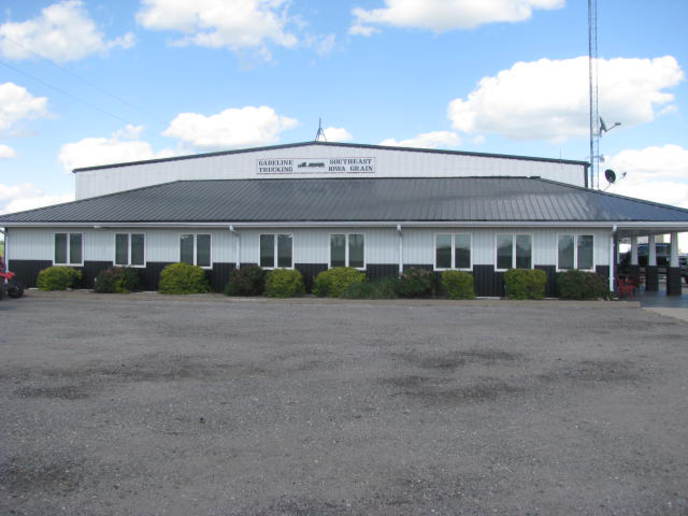I didn't want to hijack the post below, but I'm wondering how he's gonna get that pulley back on when the time comes. There's bound to be a seal behind it. I'm in a similar situation - had to pull a gear in order to replace a seal behind it. I got some good advice from good people on this board and from local mechanics about heating the gear in an oven, but what's the heat gonna do to my nice new expensive genuine John Deere seal? One of the local guys said I'd have 30 seconds to get it on the shaft in the correct position and get it cooled off. 30 seconds at 500 degrees is a long time in close quarters. I wondered about making a heat shield out of tin to give me a few more seconds, then cooling the gear with water, but sooner or later, I can see me screwing this up. I'm probably overthinking this. That's one of my major faults.
This is a pic of my homemade grabber that I used to get the gear off.

This is a pic of my homemade grabber that I used to get the gear off.


